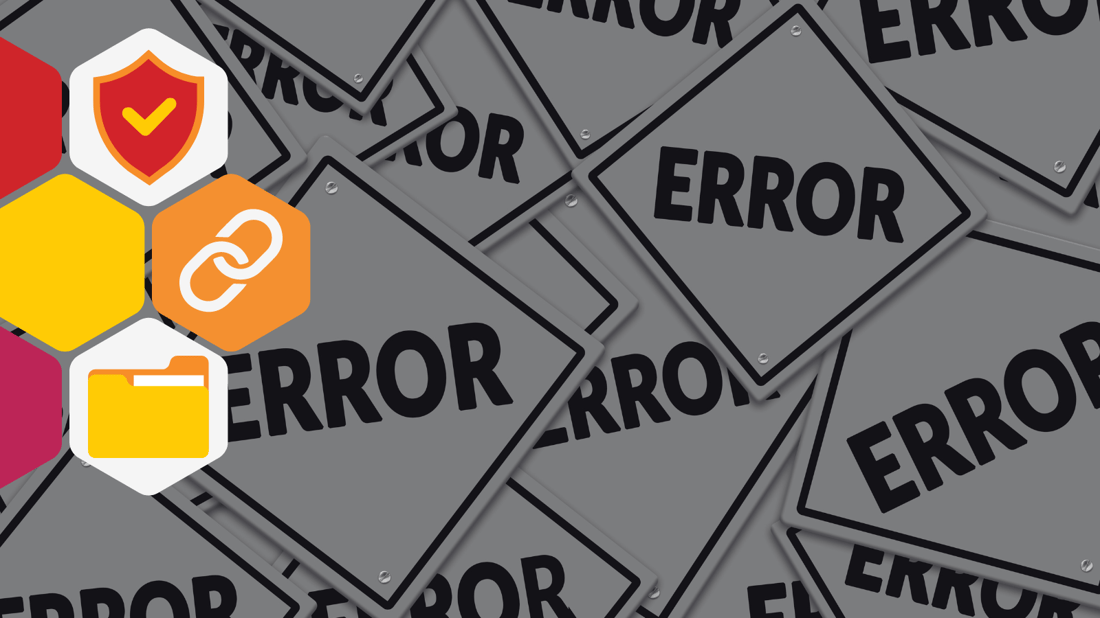Where Cyber Security Culture Goes Wrong: NCSC Warning Signs in Real Organizations
If you read the NCSC’s cyber security culture guidance, it’s full of positive end-states:
![]() Team CM
Nov 21, 2025 8:00:00 AM
Team CM
Nov 21, 2025 8:00:00 AM

On the other end of every AI-generated deepfake, every spoofed email, every well-crafted text message from "your CEO" asking you to wire funds immediately, sits a human being. One glance, one moment, one misstep is all it takes. We’re building cybersecurity systems for speed, scale, and automation. But what if the antidote to deception in the age of synthetic media isn't more digital tools—but analog trust?
In a world where you can fake nearly anything, the real risk is believing everything. And in this high-stakes environment, where perception is weaponized and falsehoods flow faster than facts, trust itself becomes your critical asset. But trust is a ritual, not a feature. It takes time. It needs friction. It demands human recognition.
The question we need to ask isn’t just "how do we secure the system?" but rather, "how do we anchor trust when the system has no soul?"
We’ve optimized our platforms to be invisible: Instant authentication. Password-less access. Swipe, tap, go. It’s elegant. It’s efficient. And it’s dangerous.
Malicious actors thrive on predictability, uniformity, and speed. They insert themselves into the seamless flow of our work and exploit our trust in frictionless interactions. Deepfakes, impersonation, and voice cloning no longer require elite skills. Social engineering has become plug-and-play.
And yet, the security industry continues to invest in ever-more sophisticated detection systems while ignoring the analog cues that human brains still rely on to verify trust.
In trying to eliminate all friction, we may have erased the very signals that helped us stay safe.
Before the rise of digital communication, trust was established through rituals: eye contact, a handshake, shared experiences, tone of voice. These weren’t inefficiencies. They were evolutionary signals—trust anchors.
In cybersecurity, we’ve tried to simulate trust through digital proxies: green padlocks, verified checkmarks, single sign-on. But adversaries have caught up. Spoofing the UI is trivial. Mimicking tone, language, and visual identity? Easier than ever.
What we’ve lost is the moment of pause.
The physical handoff of a USB drive. The double-take when someone asks for something out of character. The gut-check when a voice sounds…off. That microsecond of interruption? It matters.
Rituals aren’t just cultural niceties. They’re behavioral controls.
We don’t need to rebuild our systems to be slow. But we do need to strategically insert analog moments that reintroduce human verification, emotional intelligence, and psychological disruption.
Call-back protocols for sensitive requests: If a payment or personnel change request comes through digitally, require an old-school voice verification step with a known contact.
Shared passphrase rituals: Use pre-established words or phrases that only internal teams would know, designed to anchor real-time trust between humans.
Time-gated access rituals: Delay high-impact decisions with cooling-off periods to allow for peer verification and emotional de-escalation.
Non-digital confirmations: Embed steps that force a second-channel response (e.g., verbal, physical, or through a different platform) to confirm intent or identity.
These rituals create pause. Pause forces thought. And thought is the enemy of social engineering.

Let’s be clear: This isn’t about throwing sand in the gears of business. This is about building intentional, interruptive, protective trust patterns into our workflows. Analog friction, when done right, isn’t clunky—it’s clarifying.
Think of behavioral defense not as brute-force policy enforcement, but as aikido: absorbing momentum, redirecting force, and interrupting attackers without a direct confrontation. It requires foresight, finesse, and flexibility.
Designing analog rituals is not for every flow, every team, or every employee. But for high-risk transactions and high-value targets? It's one of the few countermeasures we have left that adversaries can’t fully automate, simulate, or scale against.
This is about building systems that teach the body to verify what the mind cannot immediately process.
Trust rituals can only be embedded if the culture allows for it.
If people are punished for pausing, they won’t. If they're rewarded for fast responses, they'll ignore red flags. But if you incentivize thoughtful delay, teach your teams to value skepticism, and reward those who flag anomalies, you create a culture of calibrated caution.
That’s when analog friction becomes a superpower. That’s when trust isn’t just a checkbox, but a behavior.
Here’s the bottom line: Digital systems can be mimicked. Analog rituals are harder to fake.
Humans are still the best pattern detectors, bullshit sniffers, and context decoders on the planet—if we give them the space to do so.
Leaders need to design for that space. Embed rituals. Encourage friction. And most of all, remember that in a world where fakes are inevitable, only real human behaviors can anchor real trust.
Curious how analog rituals could support behavioral defense in your organization? Our advisory team works with CISOs to build trust-based security culture from the inside out. Let’s start a conversation.

If you read the NCSC’s cyber security culture guidance, it’s full of positive end-states:
20 min read

Huzzah! NCSC has put cyber security culture firmly on the map. Boards are asking about it, CISOs are being measured on it, and security awareness...
20 min read

Prevention-Only Thinking Is Leaving Companies Exposed
5 min read
Subscribe to our newsletters for the latest news and insights.
Stay updated with best practices to enhance your workforce.
Get the latest on strategic risk for Executives and Managers.